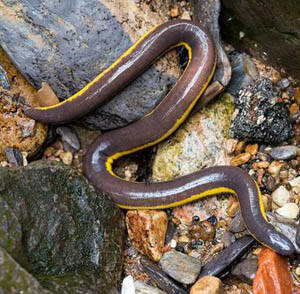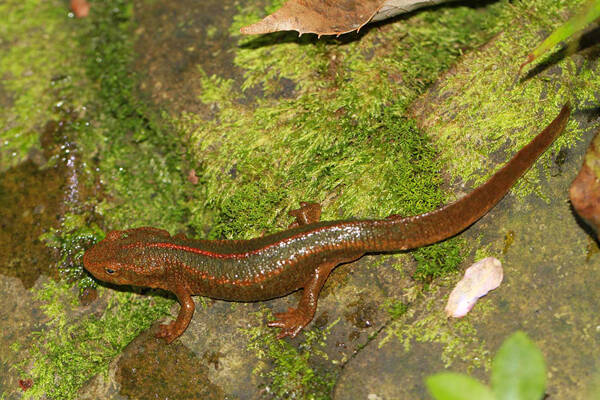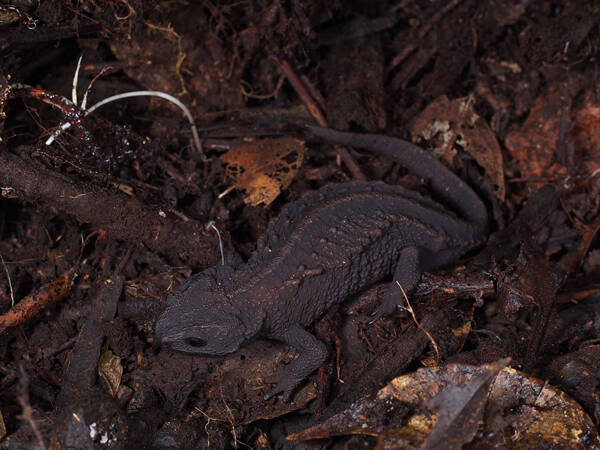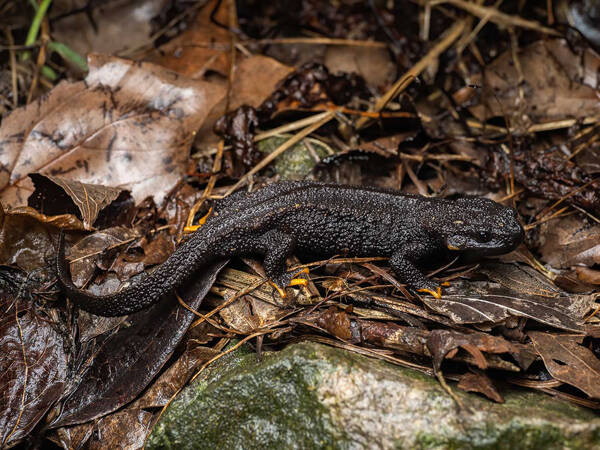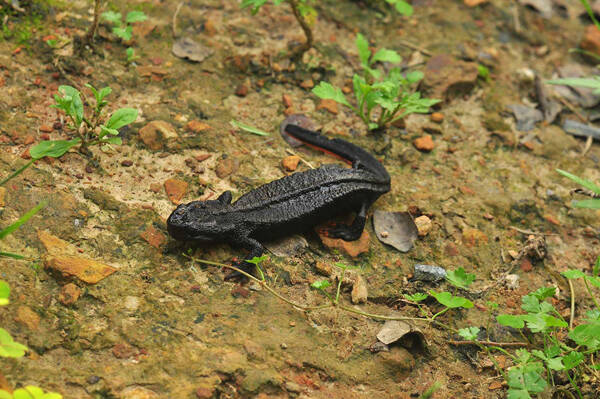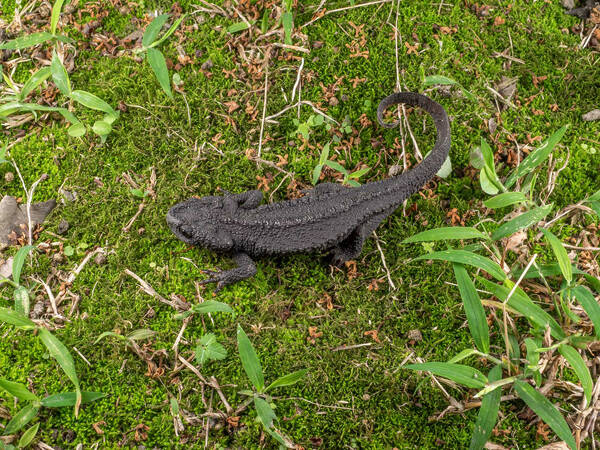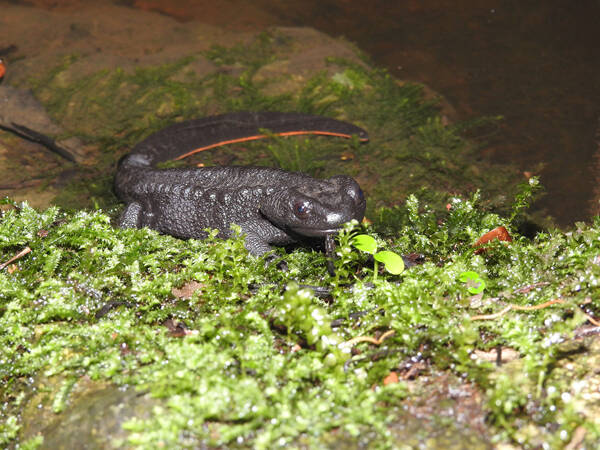Paramesotriton longliensis
IUCN
LCBasic Information
Scientific classification
- name:Paramesotriton longliensis
- Scientific Name:Paramesotriton longliensis
- Outline:Urodela
- Family:Caudata Salamandridae Salamander
Vital signs
- length:101.7-140mm
- Weight:
- lifetime:
Feature
The head is slightly flat, narrow in front and wide in the back, with the length of the head significantly greater than its width.
Distribution and Habitat
Endemic to China, distributed in Hubei (Xianfeng), Chongqing (Youyang, Qianjiang), Guizhou (Longli, Suiyang).
Lives in water ponds or spring ponds with gentle currents in mountainous areas at an altitude of 1100-1200m. There are aquatic plants at the bottom of the pond, and adults often hide in them, occasionally floating to the surface to breathe air. Go out at night to forage for small animals such as snails.
Appearance
The skin is covered with warts and moles; the dorsal ridge is very high, the warts on both sides of the body are large and dense, and there are no rib grooves; there is no neck fold. The body and tail are light black brown, with yellow longitudinal stripes on both sides of the dorsal ridges or none; there are irregular orange-red spots on the ventral surface of the head and body; the orange-red spots under the tail gradually disappear at about the back of the tail.
Details
In 2007, experts including Tian Yingzhou, Li Song and Gu Xiaoming discovered a new species of scrofula in Shuichang Township, Longli County, which was later named "Longli scrofula".
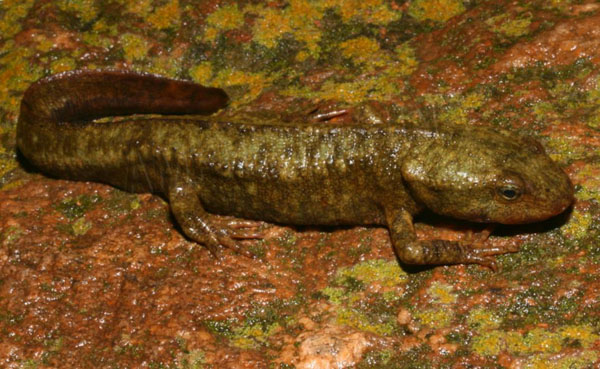
Habitat: This newt lives in large ponds with gentle water flow at an altitude of 1100-1200m or ponds with groundwater outflow. The water is clear, and the bottom of the water is mostly stones, mud and water plants.
Habits: This newt often hides under the rocks at the bottom of the stream, in the pile of rotten leaves or in the grass by the stream during the day. It rarely moves. Sometimes it swims to the surface of the water to breathe air by swinging its tail. When swimming, it keeps its limbs close to its body and moves slowly by swinging its tail. It often goes out to forage at night. When foraging, it often lies quietly at the bottom of the water. When aquatic insects and other small animals pass by its mouth, it quickly opens its mouth to bite them and then slowly swallows them. It mainly feeds on earthworms, tadpoles, shrimps, small fish and snails. When it is raised indoors, it is fed with earthworms and water worms. It eats normally and grows well. When hunting, it aims its head at the food, bites it with a sudden blow, and then swallows it.
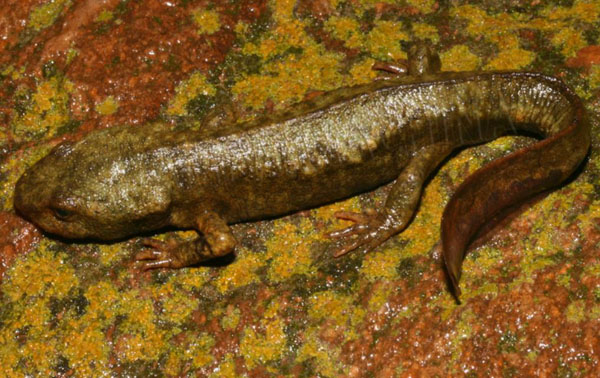
Breeding season: April, May, mid-June


